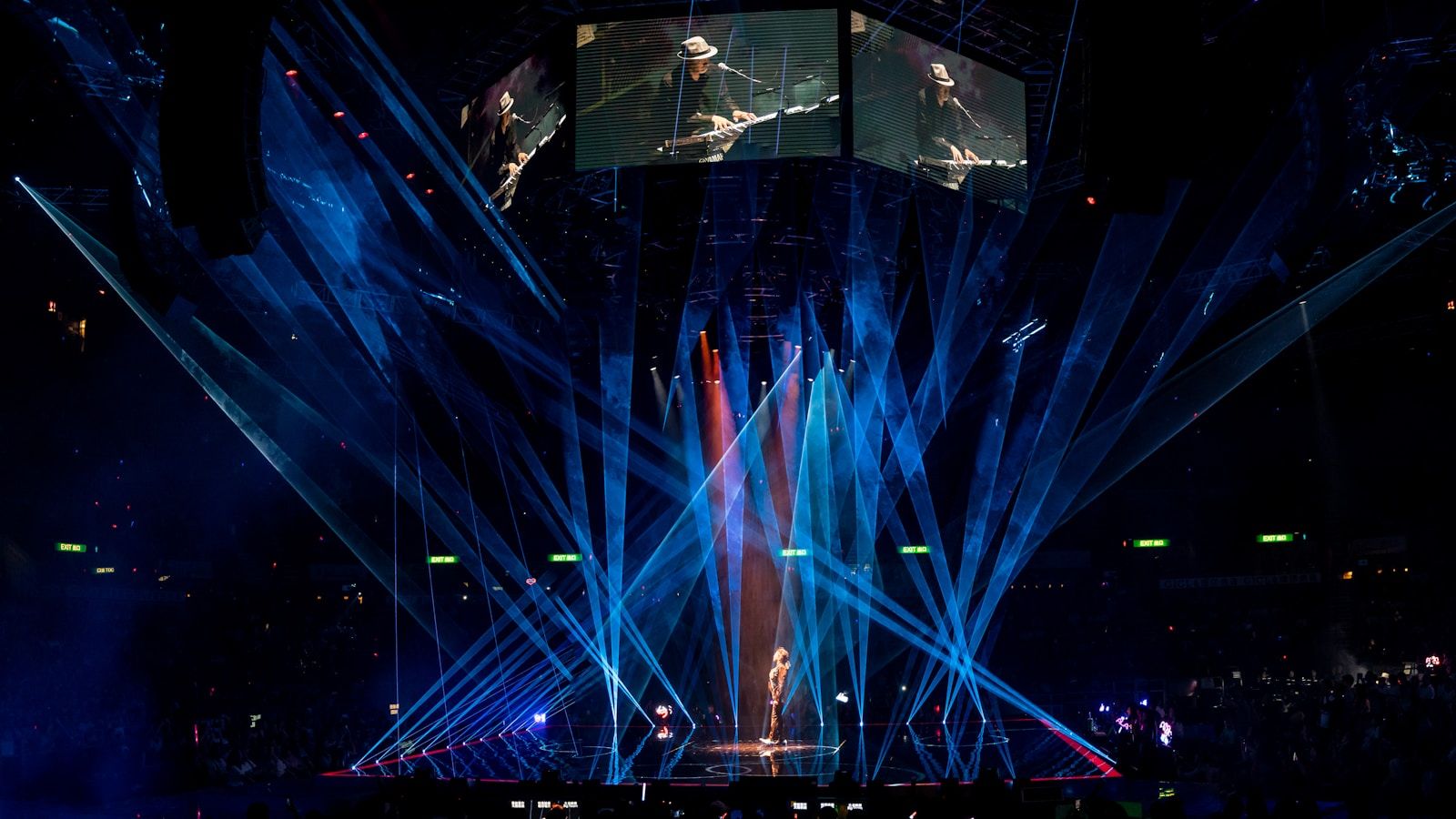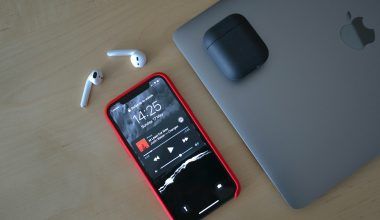If you’re a musician looking to turn your passion into a source of income, learning how to monetize your single on YouTube Music is essential. With millions of users worldwide, YouTube Music offers an incredible opportunity for independent artists to showcase their talent and earn revenue. But where do you start? Don’t worry! This guide will walk you through each step, making it easy to monetize your single on YouTube Music. Let’s dive in and unlock your music’s earning potential!
Understanding YouTube Music Monetization
Before jumping into the steps, it’s important to understand what monetization on YouTube Music really means. Monetization allows artists to earn money from streams, ads, and even subscriptions associated with their content. By properly setting up your single for YouTube Music, you can ensure you’re getting paid every time someone listens to your track. Sounds exciting, right?
Step 1: Prepare Your Single for Release
Before you can monetize your single on YouTube Music, you need to make sure your track is ready for distribution. Start by ensuring your song is professionally recorded and mixed. Here’s how you can do this:
- Choose the Right Studio or Equipment: High-quality audio is non-negotiable. Listeners on YouTube Music expect polished tracks.
- Finalize the Song Metadata: Include your song title, artist name, and any additional credits. This information is crucial for monetization.
- Get Your ISRC Code: An International Standard Recording Code (ISRC) is like a fingerprint for your song. It tracks royalties and ensures you get paid for every stream.
Step 2: Choose a Distribution Platform
To get your single on YouTube Music, you need to work with a music distribution service. These platforms will upload your track to various streaming platforms, including YouTube Music. Some popular options include:
- Deliver My Tune
- TuneCore
- CD Baby
These platforms also handle licensing, metadata, and rights management, which are essential for monetization.
Step 3: Set Up a YouTube Content ID
YouTube Content ID is a powerful tool that identifies your music when it’s used across YouTube. Setting this up ensures you earn money if someone uses your track in their videos. Most distributors handle Content ID registration for you, but you can also do it manually.
- Why is Content ID Important? It tracks and claims videos that use your music, helping you earn additional revenue.
- How to Enable It? When uploading your single through a distributor, make sure you opt for YouTube Content ID in the settings.
Step 4: Create a YouTube Artist Channel
Your YouTube Artist Channel is a hub for all your content, including your single on YouTube Music. It’s where your fans will come to connect with your music. Here’s how to set one up:
- Claim Your Channel: Use YouTube for Artists to claim your channel.
- Customize the Look: Add a professional banner, profile picture, and links to your social media.
- Organize Playlists: Create playlists featuring your single and similar tracks to increase engagement.
Step 5: Upload Your Single to YouTube Music
Now comes the exciting part—uploading your single to YouTube Music. Make sure you’ve followed these steps before uploading:
- Check Audio and Visual Quality: YouTube Music supports audio-only uploads, but adding a visually appealing video or lyric video can attract more listeners.
- Write a Compelling Description: Include your focus keyword, links to your social media, and a call to action for fans to subscribe.
- Add Tags and Keywords: Use relevant tags to ensure your single appears in search results.
Step 6: Enable Monetization
To monetize your single on YouTube Music, you need to enable monetization on your YouTube channel. If you’re already part of the YouTube Partner Program, this process is straightforward. If not, here’s how to apply:
- Meet Eligibility Requirements: You need at least 1,000 subscribers and 4,000 watch hours.
- Sign Up for the Partner Program: Go to your YouTube Studio and apply under the “Monetization” tab.
- Link Your AdSense Account: This is where your earnings from YouTube Music will be deposited.
Step 7: Promote Your Single
Your work doesn’t end once your single is uploaded. To maximize earnings, you need to actively promote your track. Here are some strategies to help:
- Leverage Social Media: Share snippets of your single on Instagram, TikTok, and Facebook.
- Collaborate with Influencers: Partner with content creators who can use your song in their videos.
- Encourage User-Generated Content: Create a challenge or trend around your single to boost streams on YouTube Music.
Step 8: Monitor Your Performance
Keep track of your single’s performance using YouTube Analytics. This tool provides insights into:
- Stream Counts: How many times your single has been played.
- Audience Demographics: Learn where your listeners are from and what age group they belong to.
- Revenue Reports: Check how much money your single is earning.
Step 9: Explore Additional Revenue Streams
Monetizing your single on YouTube Music is just the beginning. Here are some other ways to earn money:
- Merchandise Sales: Promote your merch alongside your single.
- Super Chats and Channel Memberships: Engage directly with fans during live streams.
- Sponsorships: Partner with brands to feature your single in campaigns.
Conclusion
Monetizing your single on YouTube Music might seem like a long process, but it’s worth the effort. By following these steps, you’ll not only earn money but also grow your fan base and establish your presence as an artist. Remember, the key is consistency and promotion. So, what are you waiting for? Start today and watch your music career thrive on YouTube Music!
For further reading, explore these related articles:
- Famous English Songs of 2021: A Musical Journey
- Coldplay’s 10 Best Songs: A Journey Through Their Greatest Hits
For additional resources on music marketing and distribution, visit Deliver My Tune.






